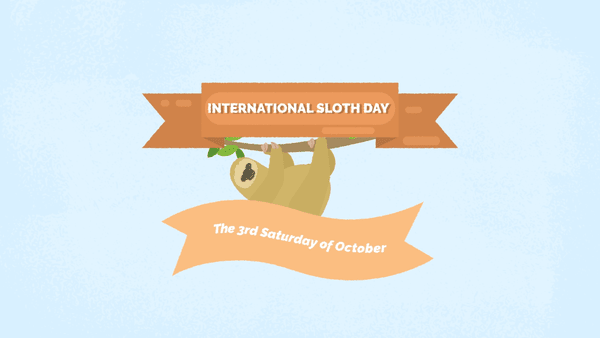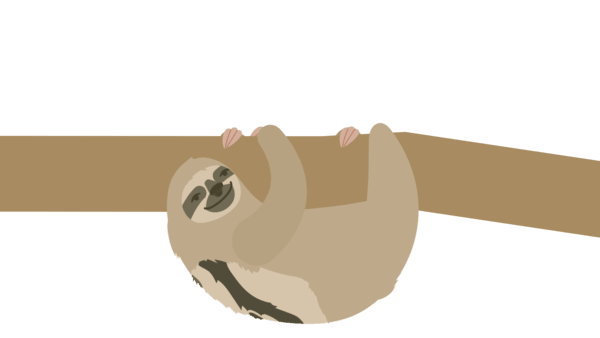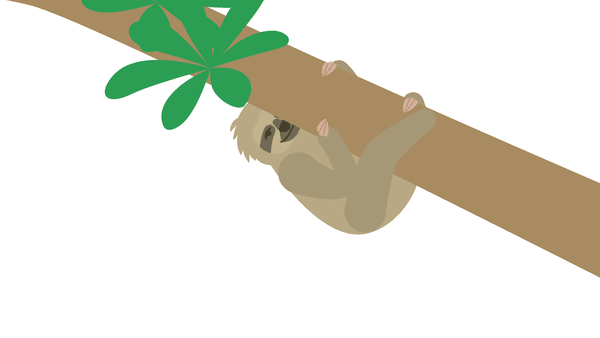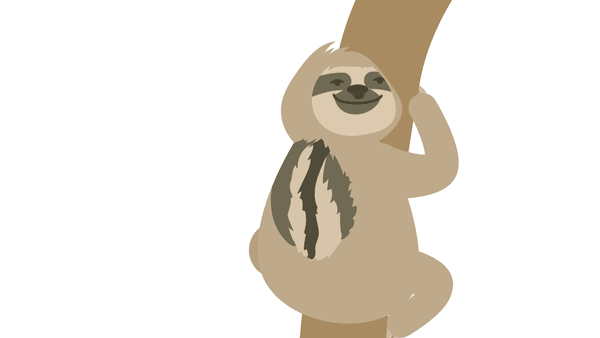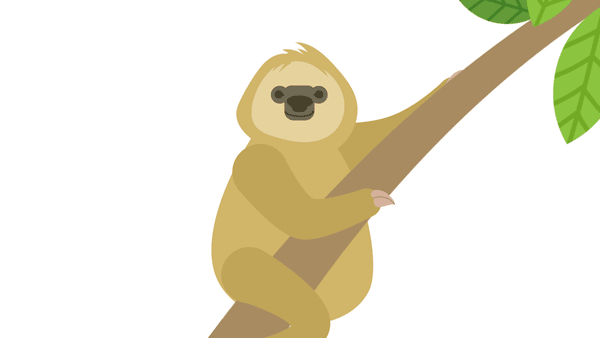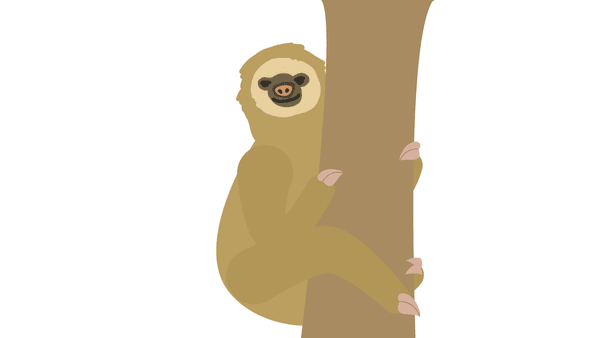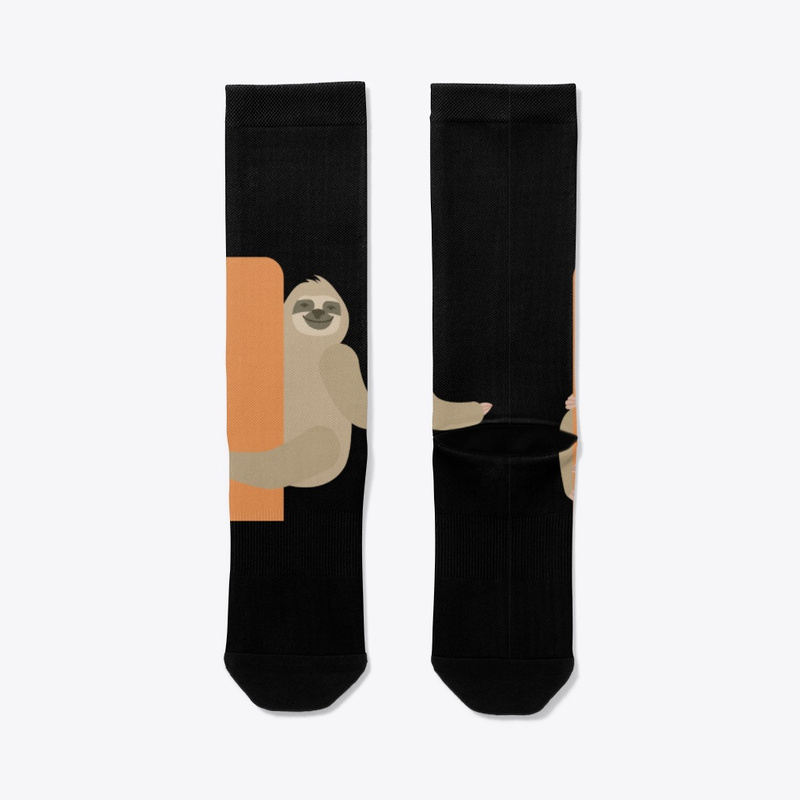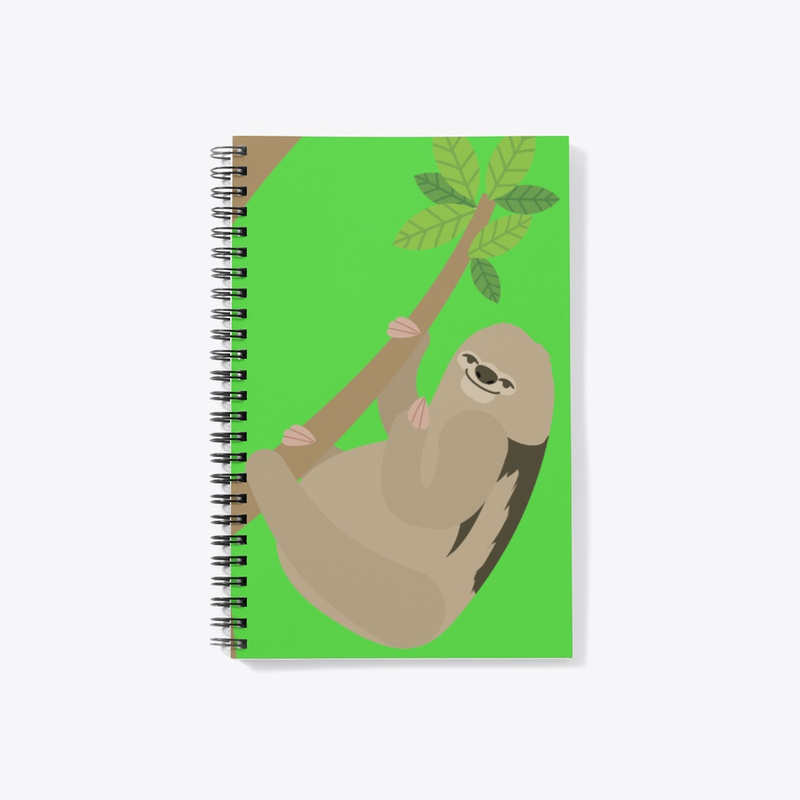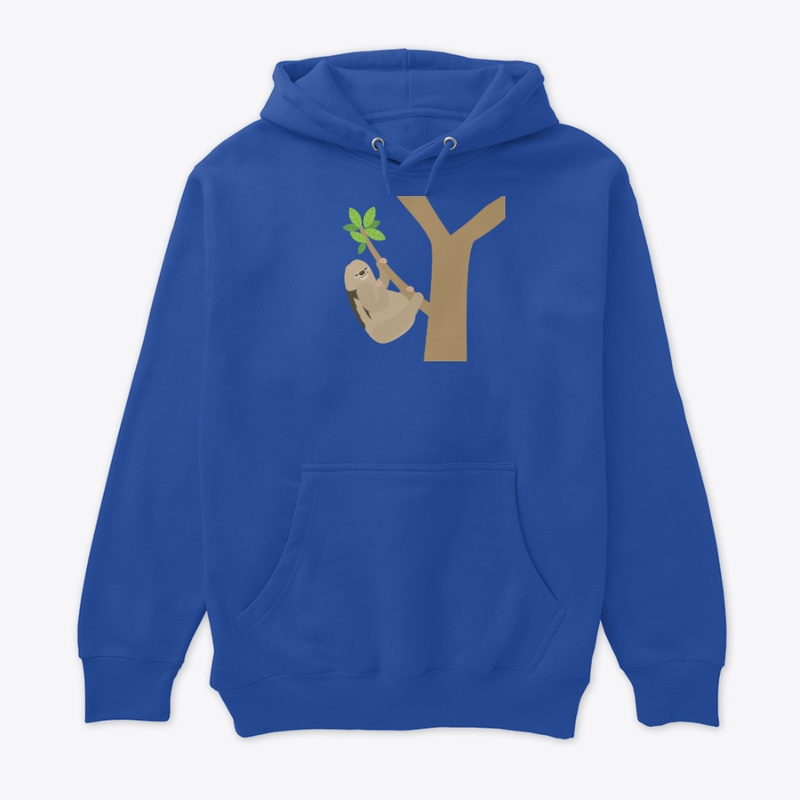Sloths

Sloths play an important role in the tropical forests of the Americas due to their role in the food web as plant predators and prey for other animal species. They also help the environment by recycling nutrients every time they take a poop – which is not too often. Many sloths only poop once a week!
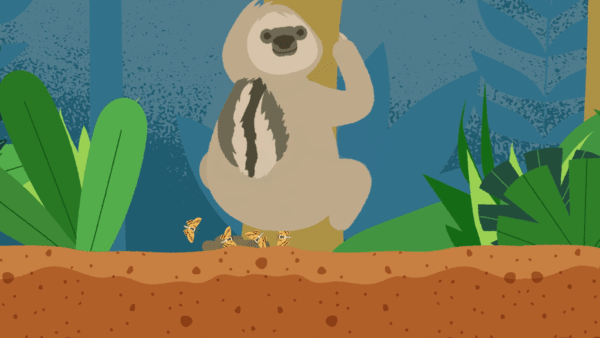
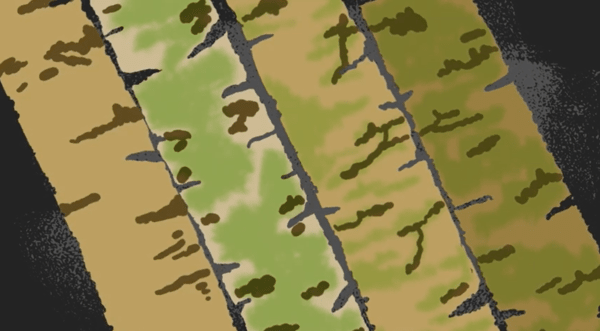
On the sloth is another biome – a microbiome. Sloth fur – which naturally has microcracks – helps several species of algae to grow.
During the rainy season, sloths are green due to this algae and during the dry season more brown. Scientists believe that the algae helps them stay camouflaged. Moving slow and looking like their environment is their primary adaptation of avoiding predators.
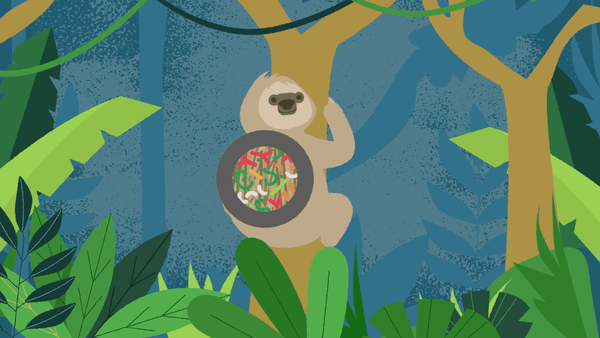
Biome
A community of plants and animals living in a specific area based on the environmental conditions
Try your skills at camouflaging sloths with our digital sloth coloring sheets.
When sloths go the bathroom moths come out of their fur! At least five species of moths live only in the fur of sloths. When sloths poop, female moths leave their hairy homes to lay their eggs in the sloth poop!
To learn more about these precious and fascinating sloths, watch our video Why we need sloths and how you can help!
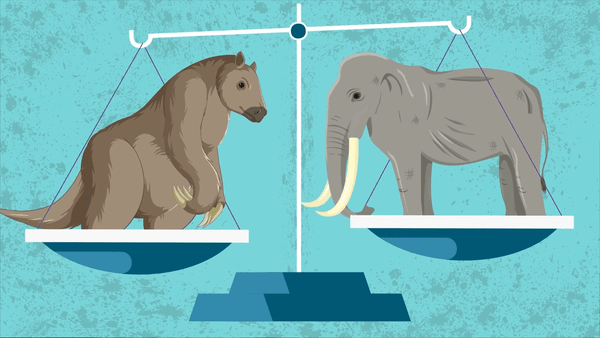
Some of our modern-day tree-living sloth ancient relatives lived on the ground and were the size of small cars! Learn more about extinct sloths here:
Fun Sloth Facts for Kids:
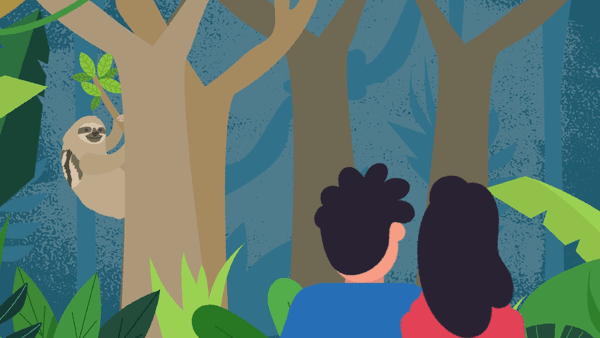
• Sloth fur is parted on their stomach and grows towards the back – the opposite of cats, dogs, and other mammals.
• Females carry their young on their belly or their back.
• Sloths may look like slow-moving monkeys and live in the trees like monkeys, but sloths are more closely related to armadillos and anteaters.
• Although sloths are usually thought to be lazy animals, they actually sleep less than 10 hours per day, about the same as a dog.
• Sloths often look like they have a smiling grin. This is due to the color of their fur and face shape. They can’t help it!
• At birth baby sloths have open eyes, fully formed hard claws, a full coat of hair, and can make loud vocalizations.
• Predators: Harpy eagles, ocelots, jaguars, and anacondas
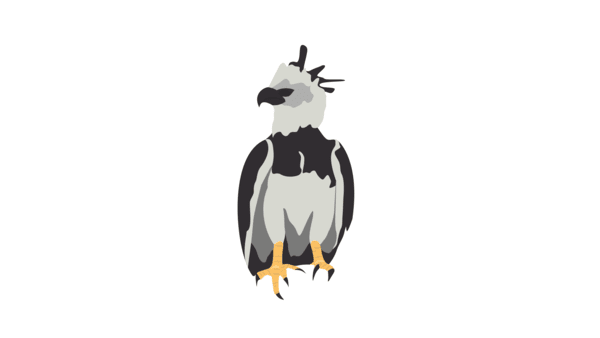
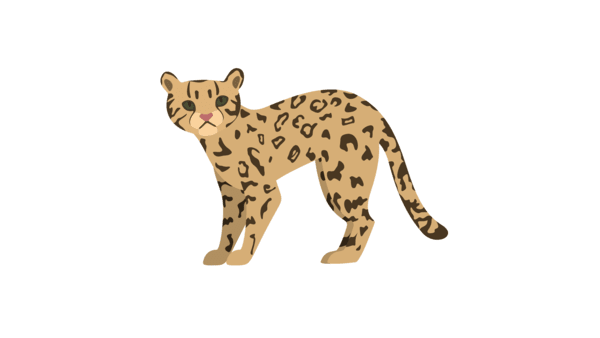
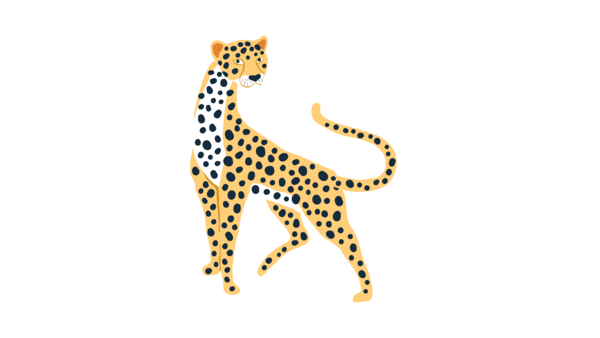
To find out why sloths are so slow and why we should thank their ancient ancestors for avocados check out this TED-Ed video by Kenny Coogan our education coordinator.
| Two-fingered sloths | Three-fingered sloths | |
|---|---|---|
| Teeth | Has enlarged canine-like teeth that they use in display and physical defense | Does not have large canine teeth |
| Gall bladder (stores bile which helps digest fat) | Has a gall bladder | Does not have a gall bladder |
| Hanging Around | Found hanging upside-down more often than three-fingered sloths. When you see a two-fingered sloth they often look at you upside down. | Three-fingered sloths often look at you right side up! |
| Toes | Three claws on their feet | Three claws on their feet |
| Fingers | Two claws on their front limbs | Three claws on their front limbs |
| Appearance | Adorable | Adorable |
The Anteater, Sloth, Armadillo Specialist Group has a store that directly helps xenarthran conservation!
